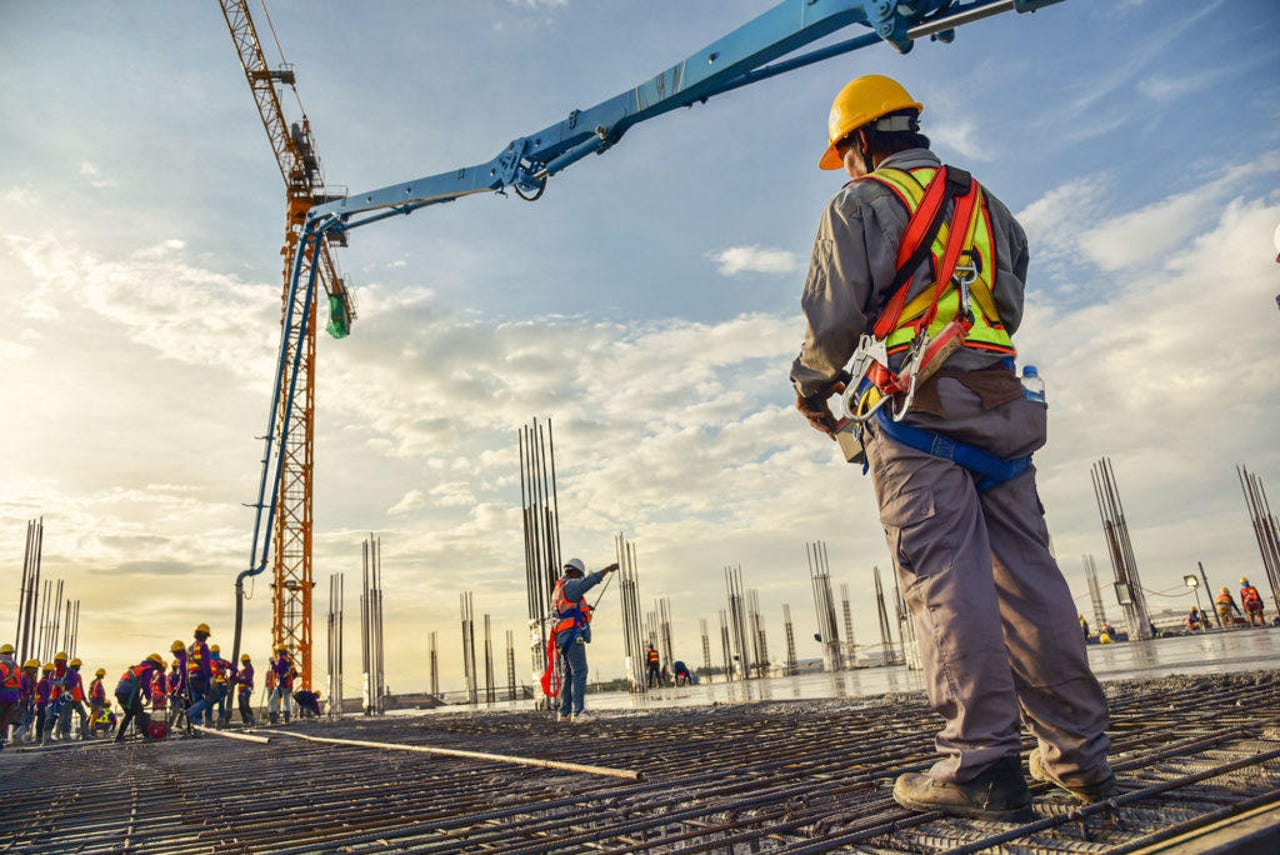































 Shutterstock
Shutterstock Automation and digitization are revolutionizing nearly every industry, but in old school fields like construction, automation technologies have the potential to be truly transformative. The sector is a canary in the coal mine for broader automation adoption trends, and it's a good bellwether for big changes on the way.
The construction robot market is expected to reach$166.4M by 2023, up from$76.6M in 2018. Contractors and developers are leaning into robotic technology as it becomes more commonplace, and they see an increased need for enhanced productivity, quality, and safety due to continued urbanization. Adoption will speed amid massive new infrastructure spending, including in areas like design and final inspection and repetitive tasks on the job site.
I connected with Raffi Holzer, co-founder and CEO of Avvir, a software platform operating in this space, to discuss how automation is reshaping how project owners and contractors manage construction progress and introduce new efficiencies into old processes.
GN: We've followed various progress tracking solutions for the job site (drones, hard hat cams, etc.). Can you tell us how effectively they're being integrated on the job site?
Raffi Holzer: There is a range of effectiveness in how progress tracking is being implemented on the job site. There are some jobs in which progress tracking is used simply for documentation, and the data that is captured is used largely for retrospective purposes. So, for instance, if the facility manager needs to see behind a wall or in a litigation scenario, the GC can hold the trade to a particular issue.
Technology-mature companies use progress tracking as a proactive decision-making tool. This can affect things like staffing, resourcing and can help GC's get a real-time handle on the state of the job site. When talking about where we're headed, I think the industry will be proactive and predictive. GC's will be able to identify the likely implications of certain delays and how that will affect the project's critical path and overall delivery.
GN: What kinds of efficiencies do they unlock, and how are they helping change the paradigm with regards to project overages?
Raffi Holzer: One of the most powerful things about progress tracking is that it eliminates the need of human beings to do the work. That's where the true efficiency comes in. The number of labor hours required is incredible and much more accurate. Relying on humans is an unreliable way to measure the state of the project. Automated methodologies can be fast and accurate.
Accuracy can predict with an unparalleled confidence level whether the project will be completed on time and allows you to course-correct in real-time.
GN: Task repetition is largely what automation is all about, but construction sites tend to be fairly unstructured spaces. What sorts of tasks on the site are suitable for robots? Any use cases to point to?
Raffi Holzer: There are quite a few repetitive tasks on job sites where robots can be utilized; this includes things like hanging drywall or curtain walls, tying rebar, etc. Construction sites can be unstructured in a way that makes deploying robots more complicated than a warehouse, for example, but there are still highly repetitive tasks on sites where robots can be utilized effectively.
GN: For the foreseeable future, it seems like humans and robots will share the job site. How can this be done safely? How are robots taking over some of the most dangerous work on the job site?
Raffi Holzer: Rebar tying and hanging drywall are some of the most dangerous jobs on the site. These are prime examples of what some startups in the field are already doing well and effectively with the use of robots.
Getting humans and robots on the site will be a small culture change. The robots we see on site are just anthropomorphic, smarter tools, so I don't think it will be much different than the shift to working with pneumatic guns or electric drills.
 Tags chauds:
Innovation et Innovation
robotique
Tags chauds:
Innovation et Innovation
robotique